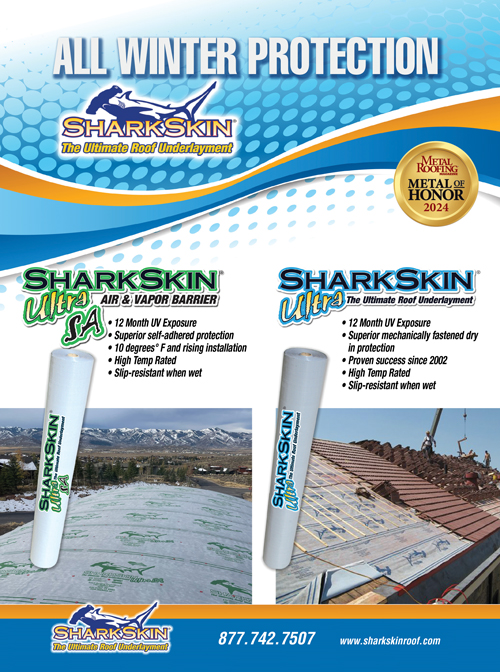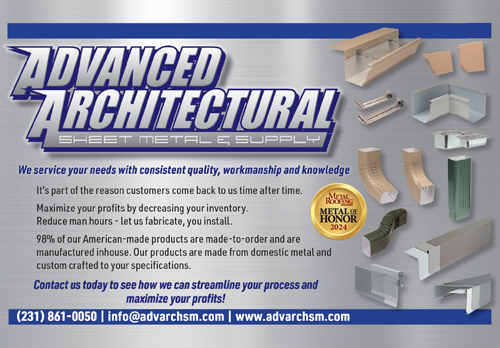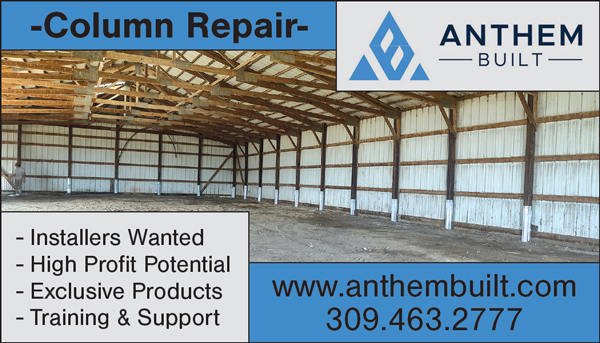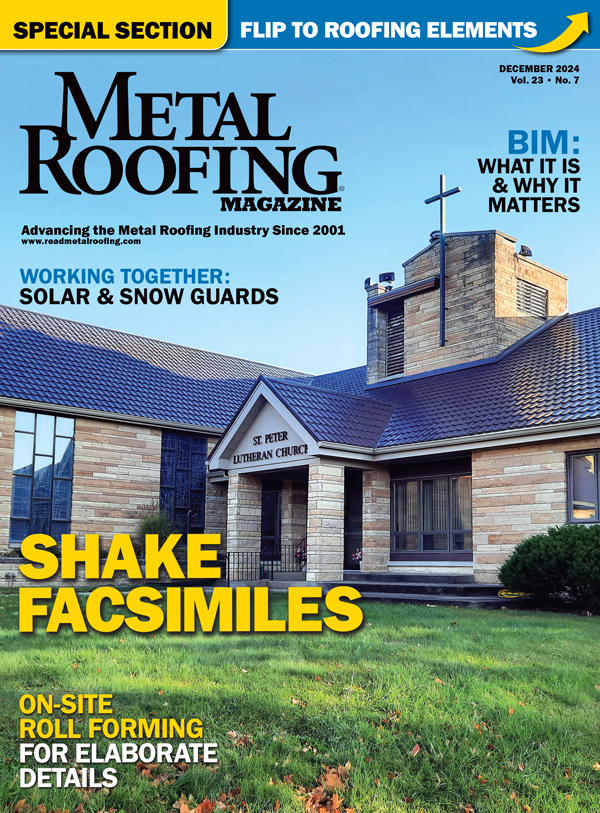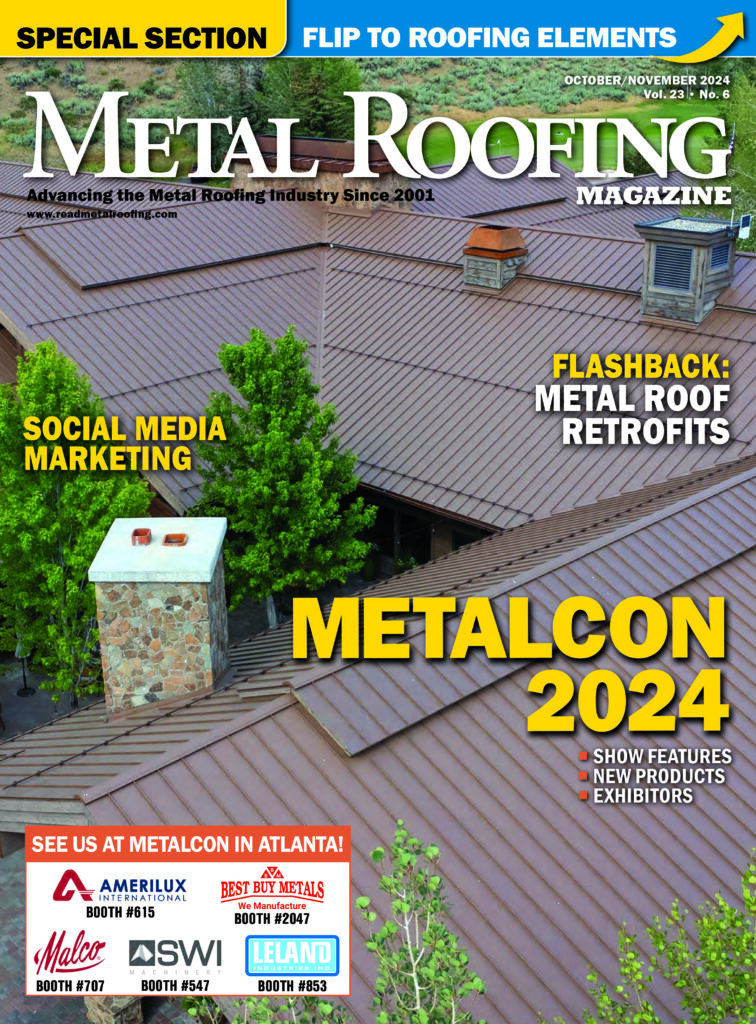By Bill Frazier, Austin Gutterman
Many roofing/remodeling companies are looking for ways to expand or enhance their businesses by adding seamless gutter, with the goal of increasing sales and profit.
Over the years, this add-on is expected to increase profit, but many companies find more expense, effort, focus, and frustration instead. The driving force for many has been to attempt to yield a faster roof completion order to complete jobs faster for payoff.
It is difficult for those not in a particular trade to add a mix of products not in their expertise and to realize increased profit. This action, many times, causes a “core conflict” to what the company normally does and it becomes a drag on the company and its culture.
New Product Management
My advice to those who want to expand is to write a business plan for that add-on product, whether it’s seamless gutter or another product, and determine a dollar investment that will include personnel who are properly trained and focused on this venture. Don’t let “core conflicts” lead to less—not more—profit and sales.
In order to succeed in the gutter business, a contractor must be willing to focus on training, sales, and production personnel. Don’t treat the product as “it’s just a gutter.”
Today’s gutter companies, whether they focus on seamless or specialty gutters, are usually started or formed by someone who previously worked in the gutter industry—but worked for someone else.
The individuals who take the leap to branch out on their own are usually very good technicians, skilled with their hands, and have the ability to install gutters with care, quality, and precision. They also want to have a share of the American dream of owning their own business.
The gutter business is a wonderful business, and one that is quite easy to get into. The hard part comes when an individual wants to grow the business to be better and larger.
Unfortunately, growth takes money and profitability to fund that business growth, while still having a life outside work. Over the years I have seen so many companies come and go. They end up selling their machines and equipment to the next guy, and eventually he ends up selling his machines and equipment to the next guy for the same reasons—not enough profit, the lack of business skills to manage others, the lack of sales skills to sell for a profit (at a price that is not the “other guy’s price”), and the list goes on.
The Cheapest Price Can End Up Expensive in the Long Run
The battle over the cheapest price, cheapest materials, and cheapest labor leads to poor quality in both installation and service. And when that happens, no one is happy—not the supplier, the business owner, or the customer—and no one is making a profit.
We have found over the years that there are two categories that exist in profitable gutter companies. One is the commercial customer, i.e., production builder, custom builder/remodeler, or multifamily builder. The other is the residential customer.
The production or multifamily builder is usually very price-driven and therefore leaves little room for profit to be made by the gutter company. The custom builder/remodeler is more conscious of quality and is not as price-driven. The residential customer can be the most profitable and responsive to a good sales presentation.
When a gutter company hires sales personnel, the company is smart to assess the new hires’ strengths and weaknesses, their personalities, and their familiarity with the local network of potential commercial accounts. Based on those assessments, a good gutter company will split its sales force into commercial and residential sales teams, which will increase sales in both areas.

Sell It.
No matter whether the customer focus is commercial or residential or both, the contractor (you) business must make an effort to sell 1. yourself (how you look, what you drive); 2. your company (differentiation); and 3. your product (exclusivity in material and installation) before you ever give a price.
Justifying a higher price is essential. Many times your competitors will have the same products, so it’s imperative that you differentiate the installation and service to be provided by your company.
All gutter contractors have similar leads and customers. A typical customer wants to know right away how much it will cost them—by the foot. They’re just interested in getting a price first without knowing why your company is their best choice. Giving them a price right away is not what you want to do.
Kinds of Leads
We can identify four distinct kinds of leads:
1. Drive by
• Leave price;
• Fax price;
• Email price.
I suggest you never do this, because:
• A competitor will take your “bid” off
the front door;
• You never meet the customer to show
them how much better you are, and;
• You want to get a personal appointment with the customer.
2. One Legger—Meeting with one person
• Usually this means meeting with just
the wife because her husband asked
her to “get a bid on gutters;”
• This is not a good lead because not all interested parties are present to hear the presentation, so no decision can be made;
• However, you can convert this scenario to the “Two Legger.”
3. Two Legger—All interested parties are present
• Set an appointment time;
• Make a 10-step selling presentation;
• Ask for the business.
4. The Commercial
• Drive by—call with the proposal (not so good);
• Do plan take offs and could be a three-bid proposal (not so good);
• The best is to build a relationship and
comfort level, which will lead to repeat
business at a better profit.
The Details Do Matter
We have also found the need to show the customer (especially the residential customer) that you can provide a lower price (“good”), a medium price with better options (“better”), and also a product with an extended warranty and superior installation (“best”)—all in writing.
10-Step Sales Process
In selling to the residential customer, all these steps are important:
1. The phone and setting an appointment—use a live person;
2. The confirmation call—one day prior to the appointment;
3. The approach to the customer’s house;
4. The warmup with the customer;
5. The walk-around with a camera;
6. The kitchen table meeting;
7. The “every time” presentation (about
you);
8. The “company” sale (who you are);
9. The presentation of product (Good/Better/Best);
10. The “ask for the sale”—“If I could…would you?” Finish every time.
It’s important to train yourself and your salespeople to follow a system every time, taking no shortcuts. Find a system that works and stick to it.
Be so good the customer cannot ignore you and is ready to meet you in the driveway, pen in hand to sign the contract!



